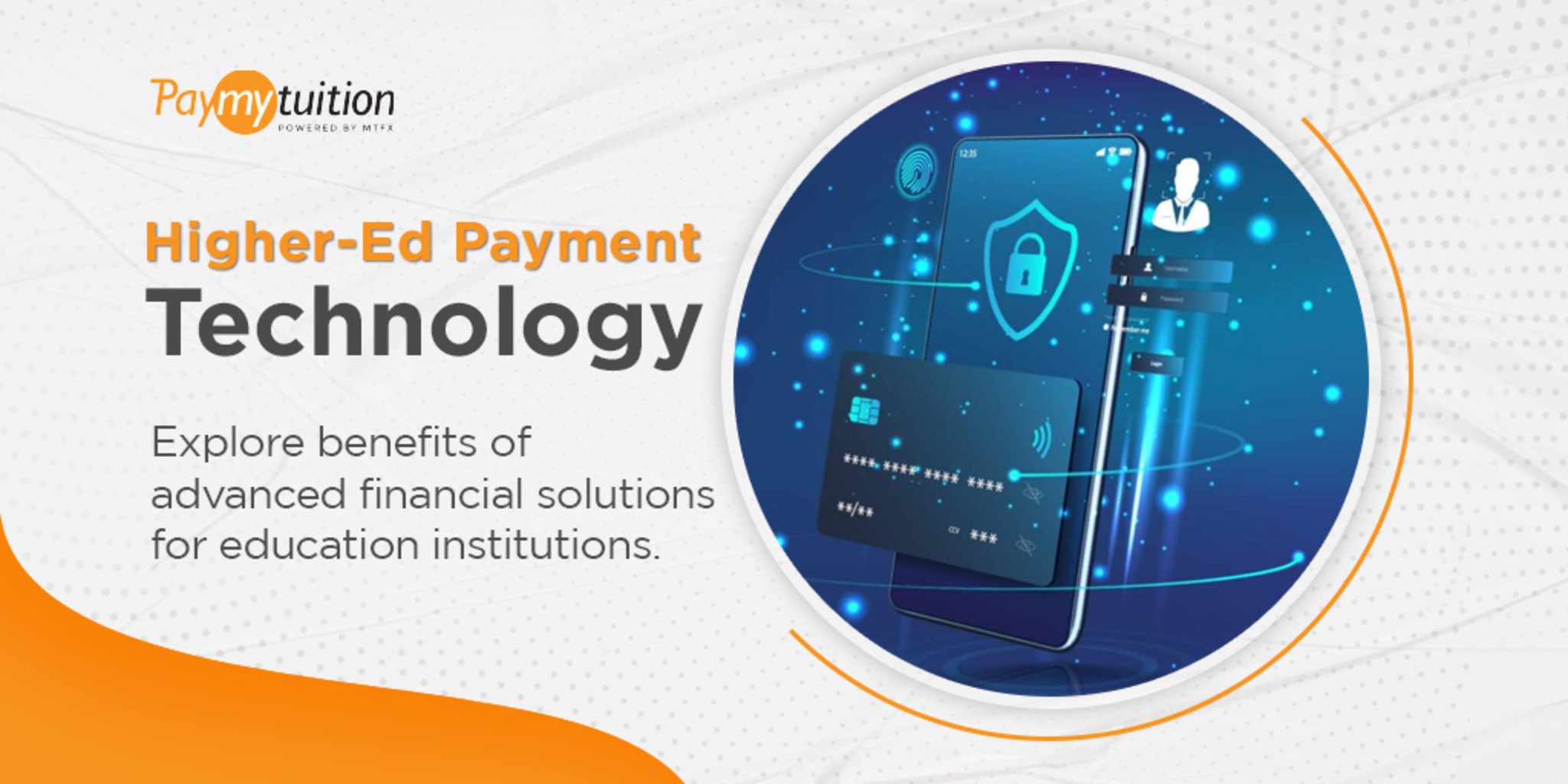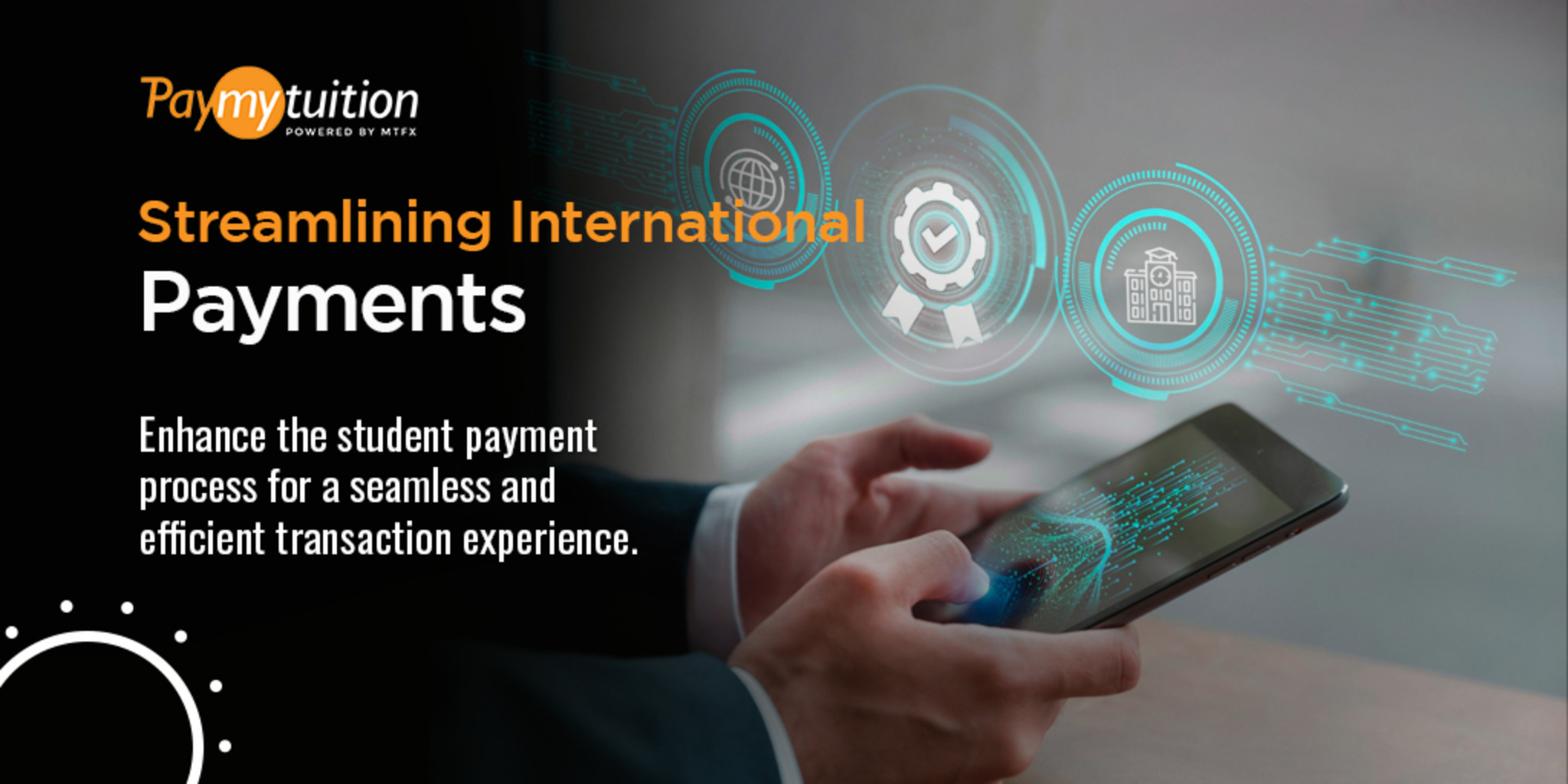The Merger of Blockchain and Higher Education

Blockchain technology and higher education were meant for each other. They are an ideal marriage of technology and pedagogy, where the latter has no value without validation. Validation in teaching and learning is dependent on trust and the institution’s reputation for excellence and adaptability to change. That validation has to be packaged in a totally secure and trusted accreditation process impermeable to fraud and cheating. That packaging is through blockchain technology, which superimposes value into the process.
Things of value include our academic credentials. Those credentials establish our identity and help us compete and get ahead in our careers. Colleges and universities are the intermediaries who perform the service of establishing that identity. They vouch for our trustworthiness and validate our years of work and study.
So, blockchain has enormous potential for higher education in protecting student records and privacy, creating new models of learning, and managing student debt. Before we go there, let’s look at how blockchain works as well as adds value to the world wide web.
How blockchain works
The internet connects everyone around the world and is a great tool for collaborating and communicating. When it comes to exchanging things of value, however, the internet must rely on trusted intermediaries to complete the exchange. Banks and platforms like PayPal do a good job, but they have their limitations. In addition to restricting their services to paying customers, those intermediaries have servers that can—and have been—compromised. They also collect our personal data and use it to their benefit.
Blockchain, on the other hand, is a global, distributed, and secure platform. It serves as a ledger and a database where authorized participants can securely exchange anything of value with complete trustworthiness that each party will fulfill their end of the deal. Most importantly, however, is that blockchain does not rely on an intermediary. It is a complex system of hashing and a wide distribution of computers or nodes.
Blockchain as a safeguard of identity and student records
Colleges and universities are no less vulnerable than other agencies when it comes to protecting students’ personal data. Instead of storing student data on insecure servers, blockchain technology can record virtually everything of value about the students: transcripts, Social Security data, student loans. If it can be coded, it can be stored.
The blockchain maintains security using the cryptology protocol known as the public key infrastructure. The user gets two keys to use blockchain. The keys, however, do not perform the same function. One key encrypts the data as it enters the blockchain; the other decrypts the data so it can be read. Without the exacts two keys, the data cannot be hacked.
About student data validity
Prospective employers know that job applicants will sometimes pad their résumés of academic achievement or even lie about their academic degrees. As such, employers want to see the official transcript. The cost of obtaining the valid transcript can run to about $10. A trusted blockchain original copy of the transcript ordered over the internet could cost nothing.
Blockchain also enables authorized data entry with time-stamping authentication. That process allows for quicker entry and update without having to be centralized. Student records updates and intermediate qualifications before course completion could, for example, be accomplished using blockchain.
Then there are weaknesses in manual, paper tracking of professional and vocational certifications as well. Certificate programs require accurate recording of prerequisite course completions. Someone other than the faculty must gather and evaluate whether the student is eligible for the certificate. Then the student’s record must be updated and a certificate prepared, recorded, and mailed to the student.
Blockchain can securely automate professional certification with decentralized entry processes. When the student completes the chain of courses for the certificate, the system generates a centrally maintained record, which cannot be falsified but can be accessed by employers. Likewise, registrars everywhere in the system can have instant access to the certificate record.
Creating new models of learning and trusted certification
Institutions of higher learning are rethinking their educational delivery approaches. It’s all about online learning. Traditional methods of lecture and testing to see if the students absorbed everything simply don’t work online. Online courses meet the demands of students whose learning and lifestyles don’t mesh well with on-campus class time.
Blockchain can meet that huge demand beyond traditional universities. As online students interact and collaborate with other students, the instructor becomes more of a moderator and mentor. The blockchain platform provides the tools for the social collaboration, feedback, and learning assessment while delivering the requisite authenticity and security.
Managing costs and student debt
It is no secret that college tuition and fees are skyrocketing. Recent college graduates are carrying over $39,000 in debt and about 44 million Americans owe a whopping $1.48 trillion in student loans. Several blockchain-based solutions to the student debt problem show promise.
For example, Melanie Swan, the founder of the Institute for Blockchain Studies has proposed an online accreditation and payment model on the blockchain. Swan’s plan involves corporate sponsorship for student technology developers and ways students can reduce their student loans through tutoring and mentoring other students .
Blockchain provides the foundation that certifies students who signed up actually completed the course and took the test. Blockchain also provides the mechanism to reward the student and pay down debt. Finally, blockchain smart contracts could include agreed-upon learning plans and measurements.
The Bottom Line
Blockchain has been called “the second generation of the internet.” The insecure, wild web has billions of minions and multi-billions of bits of information. What it lacked before blockchain was value assurance, security, and access to distributed, value-added resources. Blockchain is the secure guardian of everything of value on the net, and it has applications far beyond social media, big data, and artificial intelligence.
Higher education is a natural partner to blockchain technology. The technology has applications in student identification, secure and reliable course records, and expanding its resources to a worldwide student population online.
Finally, blockchain has the resources to attack the problem of student debt directly and during the time the student can help others and add to the student’s chain of qualifications and experience.
Recent Posts
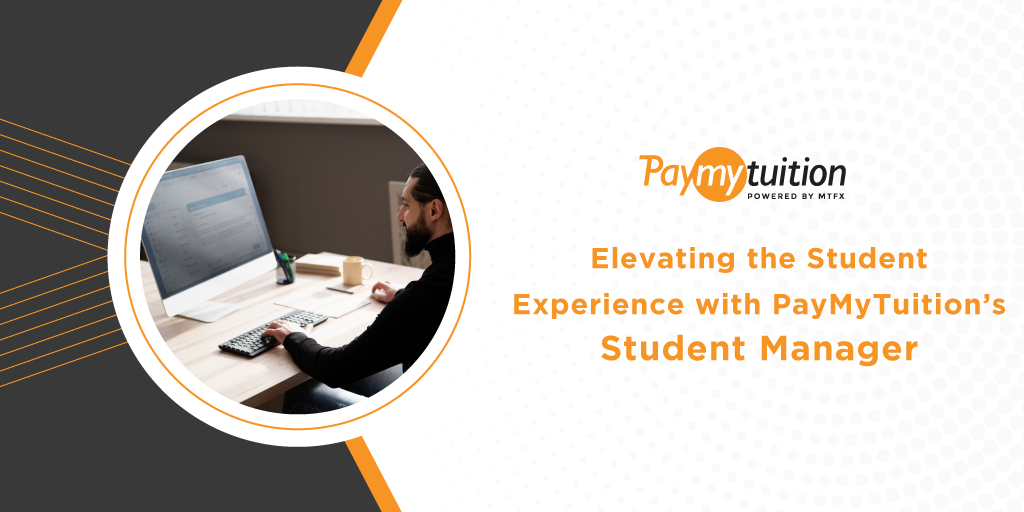
Elevating the Student Experience with PayMyTuition’s Student Manager
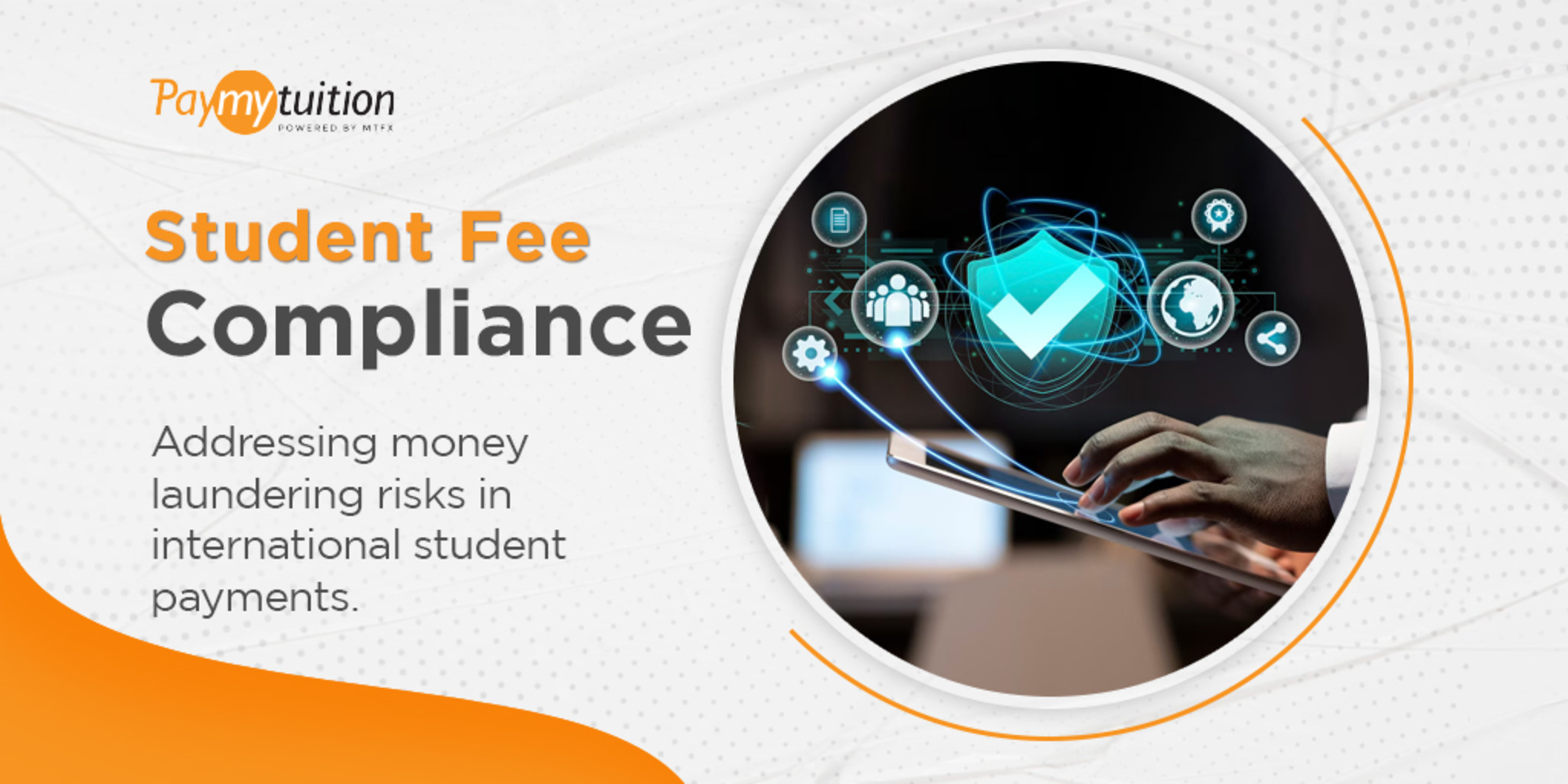
Money-Laundering and International Student Fees: Challenges You Need to Know
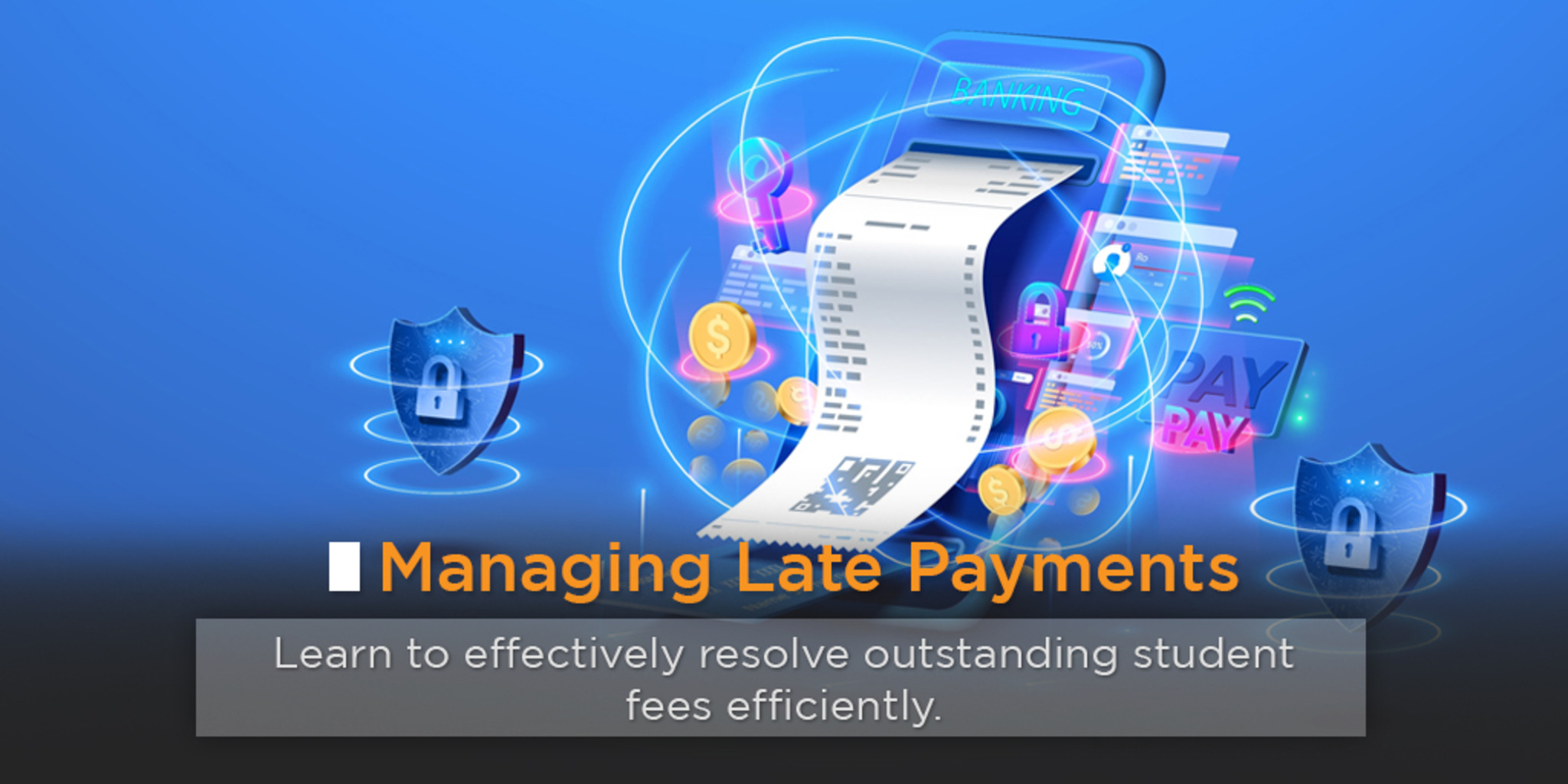
Understanding Past-Due Accounts: Proven Strategies for Effective Management
